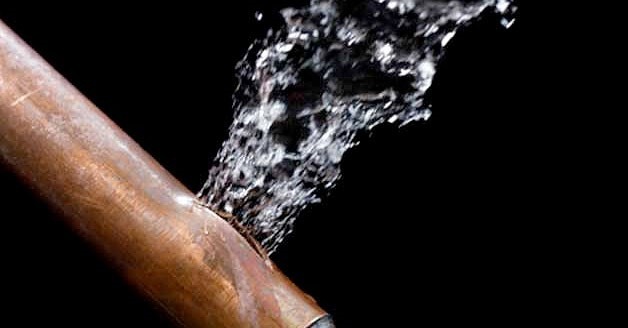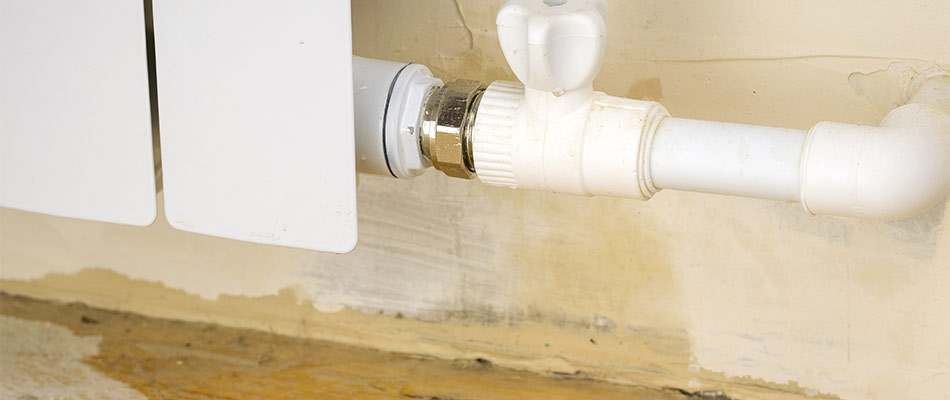Uncover Hidden Water Line Leaks: Six Proven Ways for Detecting
Uncover Hidden Water Line Leaks: Six Proven Ways for Detecting
Blog Article
Are you on the lookout for suggestions on Detecting hidden plumbing leaks?

Early discovery of dripping water lines can reduce a possible catastrophe. In addition to saving you money, it will certainly lessen the stress and irritation. The moment you discover a leakage, calling your plumber for repair work is the most effective service. Some small water leakages might not be visible. Right here are some hacks that aid if you can not spot it with your naked eyes.
1. Take A Look At the Water Meter
Examining it is a surefire method that helps you find leaks. If it moves, that suggests a fast-moving leak. This implies you may have a sluggish leakage that can even be below ground.
2. Examine Water Usage
Evaluate your water bills and track your water intake. As the one paying it, you must observe if there are any type of discrepancies. If you spot sudden changes, in spite of your consumption coinciding, it suggests that you have leaks in your plumbing system. Remember, your water costs must fall under the same range every month. An abrupt spike in your expense indicates a fast-moving leakage.
A stable increase every month, also with the same routines, shows you have a sluggish leak that's likewise gradually intensifying. Call a plumber to extensively inspect your home, especially if you really feel a warm location on your floor with piping beneath.
3. Do a Food Coloring Test
30% comes from bathrooms when it comes to water intake. Test to see if they are running effectively. Decrease flecks of food color in the container and also wait 10 minutes. If the shade somehow infiltrates your bowl throughout that time without flushing, there's a leak in between the tank and also bowl.
4. Asses Outside Lines
Don't forget to check your exterior water lines as well. Needs to water permeate out of the link, you have a loose rubber gasket. One tiny leakage can throw away tons of water and also increase your water costs.
5. Evaluate and also Examine the Circumstance
House owners must make it a routine to inspect under the sink counters as well as even inside closets for any kind of bad odor or mold and mildew growth. These two red flags indicate a leakage so punctual interest is needed. Doing routine examinations, also bi-annually, can save you from a major problem.
If you know your home is already old, maintain a careful eye on your heating units, hose pipes, pipes etc. Look for stainings and damaging as the majority of pipelines as well as appliances have a life expectancy. They will also naturally wear away because of deterioration. If you believe dripping water lines in your plumbing system, don't await it to escalate. Call an expert plumber right now so you don't wind up with a horrible mess in your home.
Early detection of leaking water lines can alleviate a potential calamity. Some small water leakages might not be visible. Examining it is a surefire means that helps you uncover leaks. One little leak can throw away lots of water as well as increase your water expense.
If you believe leaking water lines in your plumbing system, do not wait for it to intensify.
WARNING SIGNS OF WATER LEAKAGE BEHIND THE WALL
PERSISTENT MUSTY ODORS
As water slowly drips from a leaky pipe inside the wall, flooring and sheetrock stay damp and develop an odor similar to wet cardboard. It generates a musty smell that can help you find hidden leaks.
MOLD IN UNUSUAL AREAS
Mold usually grows in wet areas like kitchens, baths and laundry rooms. If you spot the stuff on walls or baseboards in other rooms of the house, it’s a good indicator of undetected water leaks.
STAINS THAT GROW
When mold thrives around a leaky pipe, it sometimes takes hold on the inside surface of the affected wall. A growing stain on otherwise clean sheetrock is often your sign of a hidden plumbing problem.
PEELING OR BUBBLING WALLPAPER / PAINT
This clue is easy to miss in rooms that don’t get much use. When you see wallpaper separating along seams or paint bubbling or flaking off the wall, blame sheetrock that stays wet because of an undetected leak.
BUCKLED CEILINGS AND STAINED FLOORS
If ceilings or floors in bathrooms, kitchens or laundry areas develop structural problems, don’t rule out constant damp inside the walls. Wet sheetrock can affect adjacent framing, flooring and ceilings.
https://www.servicemasterbyzaba.com/blog/how-to-detect-water-leakage-in-walls/

I stumbled upon that blog post on Finding hidden leaks while doing a lookup on the web. Appreciated our blog entry? Please share it. Let other people check it out. Thanks for going through it.
Need Help? Hire Us Now! Report this page